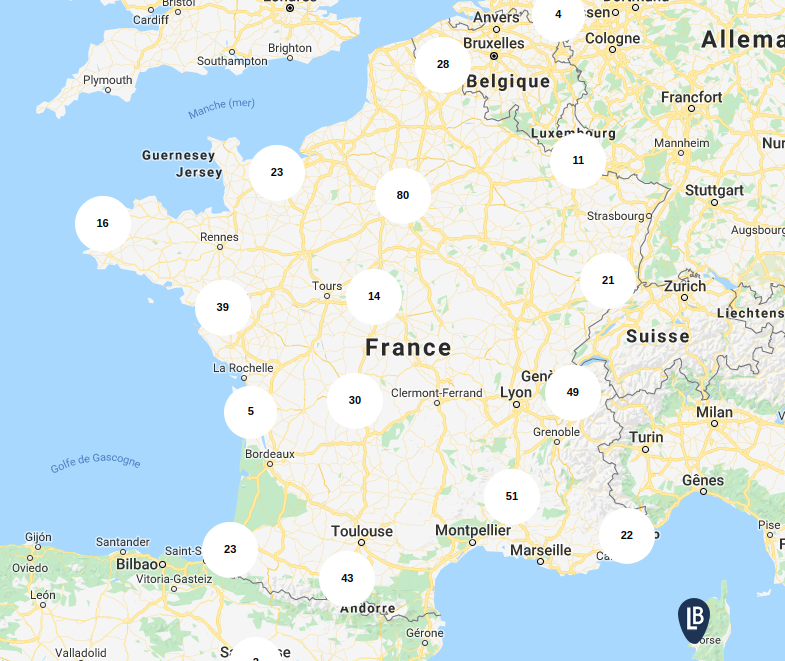GETTING STARTED WITH OIL PAINTING
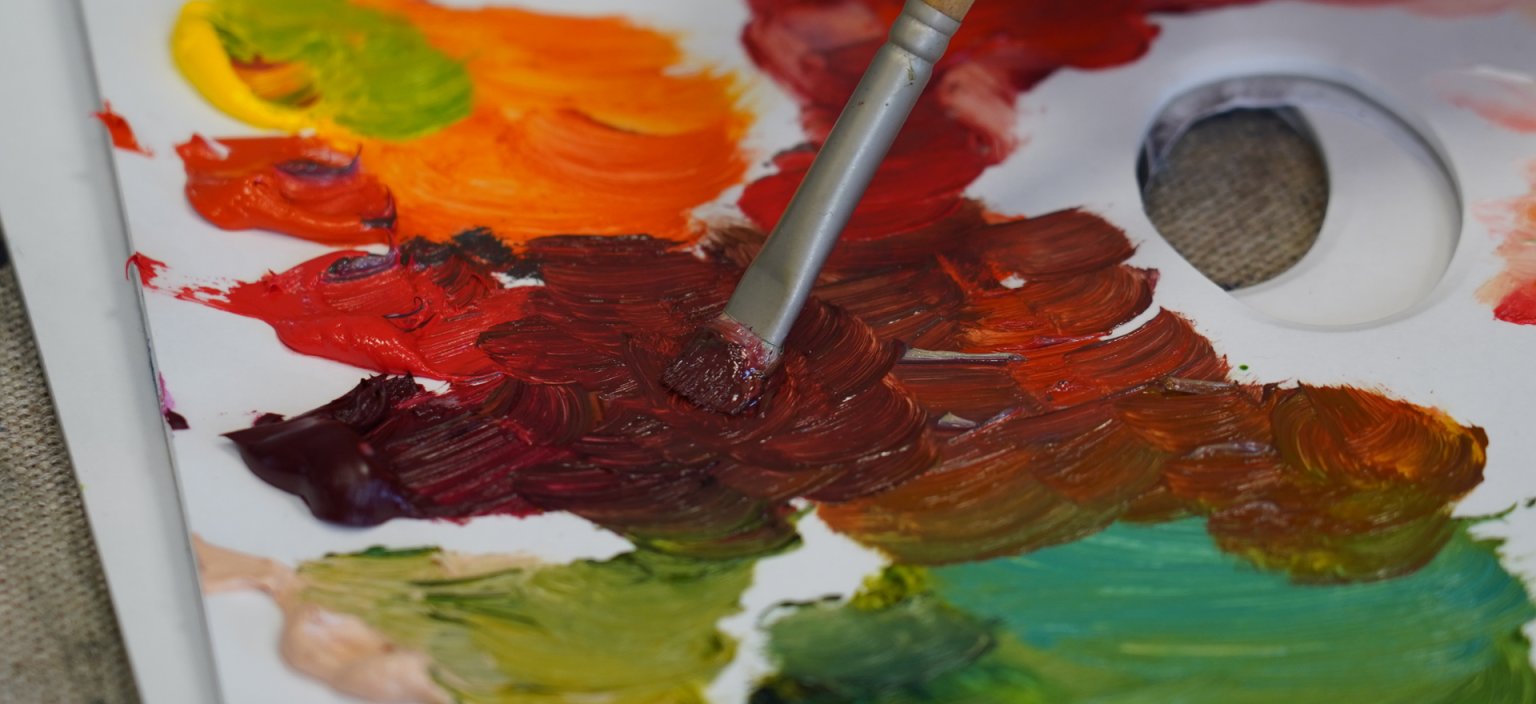
WHAT IS OIL PAINTING?
Oil paints are made from pigments and an oil-based binder, like linseed or safflower oil. Oil paint dries slowly, through a process called siccativation. The paint slowly hardens when in contact with oxygen.
This unique characteristic allows the painter to take all the time they need to mix colours. Freeing them to rework their painting for several days until they have achieved the blend, shape and style they want.
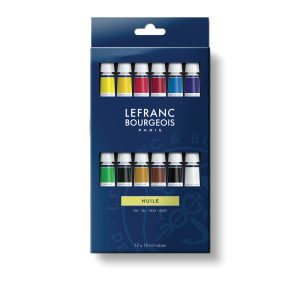
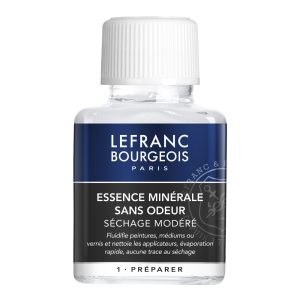
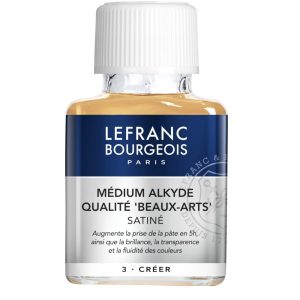
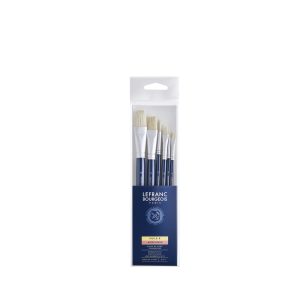
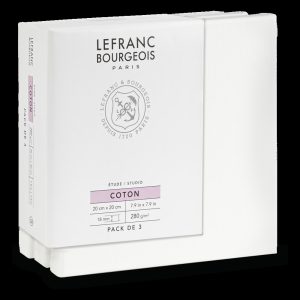
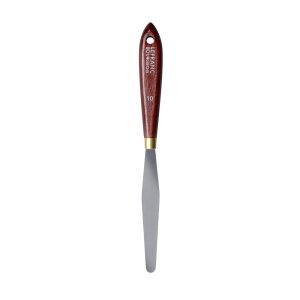
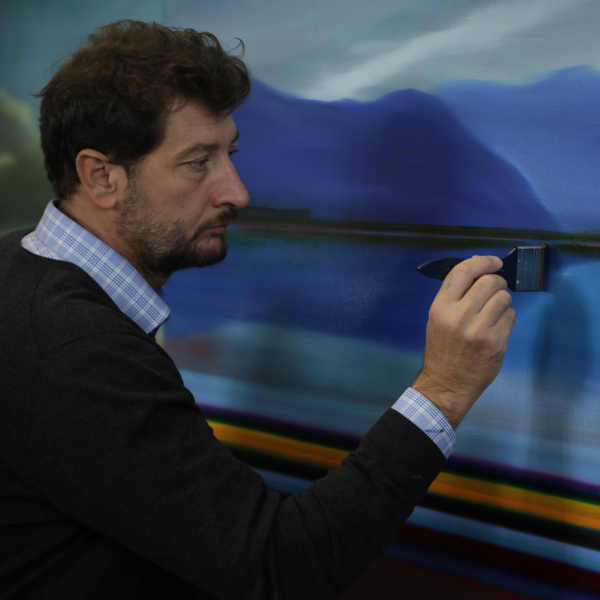
FOLLOW OUR MINI-SERIES WITH OLIVIER MASMONTEIL
Olivier Masmonteil is a French artist and graduate from the School of Fine Arts in Bordeaux. He leads this series of six tutorials designed to help you get started with oil painting. Discover a all the tutorials on our YouTube channel
In this mini-series, you will learn how to prepare your support before beginning a painting. You will also learn the rules and techniques unique to oil painting through the themes of copy, nude, portrait, still life and finally the landscape with a trip to Etretat for some plein air painting.
Tutorials available in the series
A BIT OF HISTORY
Oil painting is a technique that dates back to the 13th century. It gained significant momentum in the 15th century with the arrival of canvas supports.
Before the invention of the paint tube in the mid-19th century, artists used to grind and mix their own oil paints. Without paint tubes, they had to use dried pig bladders to transport their colours.
Throughout the 20th Century various innovations revolutionised the work of oil painters. In 1910, Lefranc patented a process to create a drying varnish. Today, thanks to this innovation your paintings are protected and can last a lifetime. The varnish adds a thin, quick-drying protective layer to the canvas, which prevents the colour from fading over time. Matte or gloss, liquid or spray, our range of varnishes is designed to meet your individual needs.
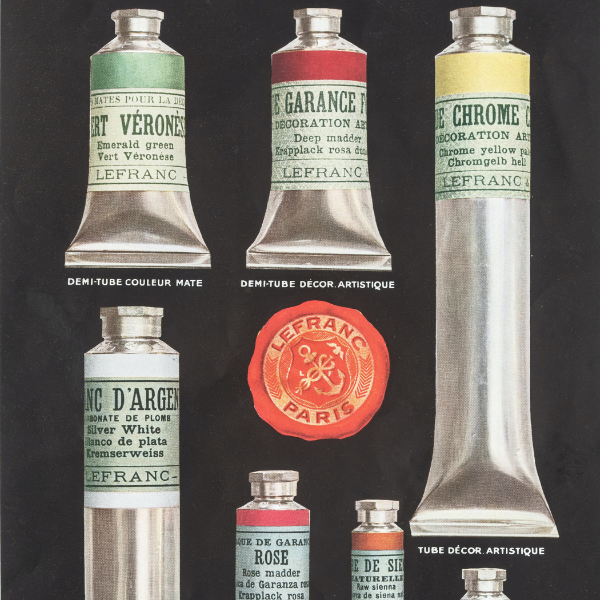
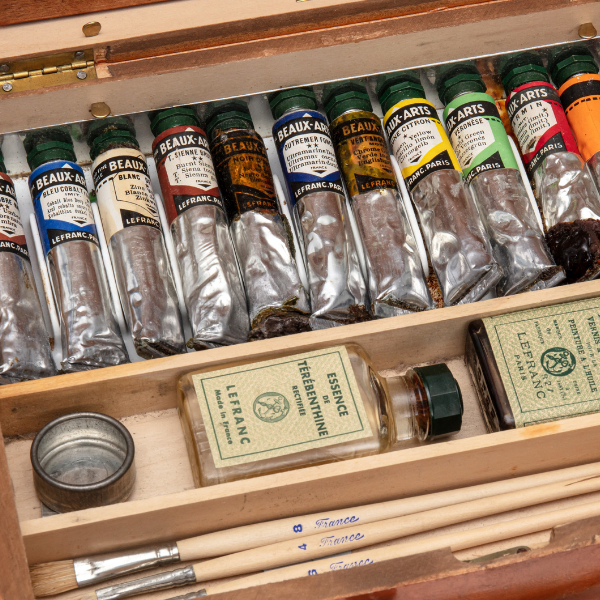
A HISTORICAL MEDIUM
Oil paint can be worked with a brush or a palette knife, both in a single coat or by juxtaposing several layers. It’s possible to create different effects by using mediums. In 1954, inspired by the Flemish painters who sought a highly lacquered and densely textured finish, Maison Bourgeois invented the definitive formula for the Flemish Medium.
Bourgeois also developed the formula for the Venetian Medium. Inspired by Italian Renaissance painters, this medium delivers creamier textures with more matte finishes. Our history is marked by our frequent collaborations with painters, with whom we have helped shape the contours of the history of art for more than 300 years.
THE THREE RULES OF OIL PAINTING
By working on skies with Olivier Masmonteil, you will learn all of the rules of oil painting and the constraints of the medium. During the Renaissance, the practice of painting skies was an important exercise used to teach apprentices in painters’ workshops.
RULE #1 - FAT OVER LEAN
Each layer of paint must be fatter than the one below it. This means that as you work on a painting, each layer should gradually be applied with a greater concentration of oil. This is the only way to guarantee the siccativation of the first layers. Adding oil makes the paint fatter, while adding mineral solvents makes it thinner.
RULE #2 - LIGHT ON DARK
It is best to work with oils from dark to light. It is common to paint the darker parts of your subject first, then to lighten and add brightness at the end.
RULE #3 - OPAQUE ON TRANSPARENT
Always take into account drying times. We recommend that you start your painting with fairly thin, transparent layers and gradually add more opaque and thick layers.
FIND OUR PRODUCTS
OUR SHOPS
Use our store locator to find your nearest stockist.
